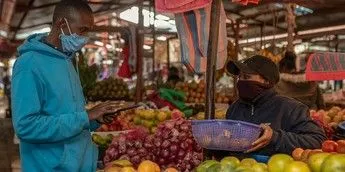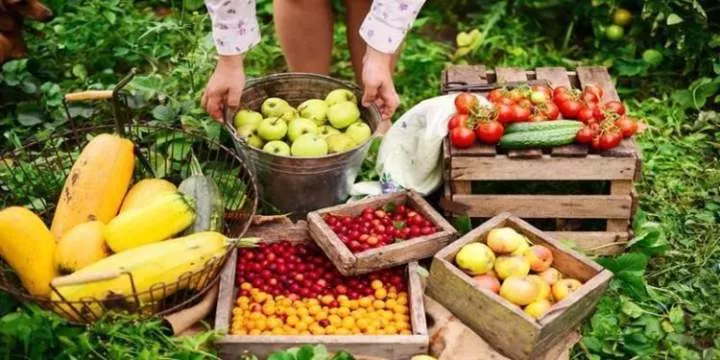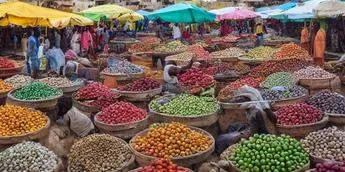
A strange culprit has been identified as one of the root causes of soaring food inflation in the East African country of Kenya.
Alongside, Tanzania's commercial capital Dar es Salaam, Nairobi is currently experiencing a food inflation that is driving up the cost of living for the average residents in these regions.
A report by the Common Market for Eastern and Southern Africa (COMESA) Competition Commission (CCC), showed that both cities currently boast some of the highest maize costs in the broader East African region.
For Kenya, a couple food inflation drivers were identified, including what the report described as 'cartels', as well as market concentration.
As seen in the Star, the report reveal that due to unreasonably high profit margins imposed by dominant traders and uncompetitive market practices, Kenyan consumers are faced with the growing costs of basic food inputs like cooking oil and fertilizer.
"African agri-food markets are not working. These pricing distortions are undermining farmers and punishing consumers," the report reads partly.
Kenyans spend nearly twice as much for production and inputs before VAT in the edible oils market, according to COMESA, with the disparities being most noticeable in urban regions.
As per the findings in the report, there is little competition, little market data, and a large concentration of influence among a small number of powerful companies in Kenya's market for agricultural inputs and outputs.
This points to that inadequacies in the systems for distribution, storage, and transportation are contributing causes.
It also points out that government subsidy programs aren't doing enough to protect Kenyan consumers from rising food costs.
The report shows that fair value estimations are greatly out of line with retail pricing for important commodities.
Subsidy measures are essentially futile in Nairobi since food goods are marked up by up to 53% over what the Authority considers fair price.
Recent food inflation in Kenya
Last month, reports indicated that Kenya's inflation continued to climb, as its annual rate reached 4.1%, the highest level in eight months.
The surge was fueled by a scarcity of critical food staples such as maize, potatoes, and green vegetables, crops which were highlighted in the COMESA report.
In the face of comparatively modest input and processing expenses, Kenyans have to pay up to $3 per liter for cooking oil, which is more than twice the price estimated by underlying cost structures, the COMESA report revealed, stating, "Vegetable oil is largely imported as crude oil and refined locally."
Kenya's bureau of statistics (KNBS), in presenting the inflation report noted that Kenya's reliance on rain-fed agriculture implies that irregular weather patterns, along with supply chain interruptions, can quickly result in food shortages and price increases.
Another report by the KNBS, revealed that agriculture accounts for a significant portion of Kenya's exports.
Also, agricultural exports, in particular, employ a significant section of Kenya's workforce. Horticulture and floriculture create thousands of jobs in farming, packing, shipping, and distribution.

















Comments